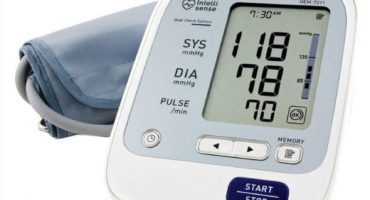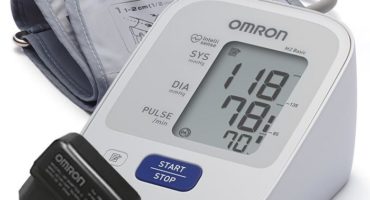Heart diseases often creep up unnoticed, as a rule, a person does not pay attention to malfunctions of the heart muscle. Therefore, cardiac arrhythmia is noticed when the disease takes a severe stage. To prevent this, it is necessary to regularly measure blood pressure and heart rate. To do this, purchase tonometer with heart rate measurement - automatic or semi-automatic. The arrhythmia indicator on the tonometer - what is it and how to track it - we will understand this question, the answer to which everyone who suffers from heart disease should know.
Arrhythmia Indicator Functions
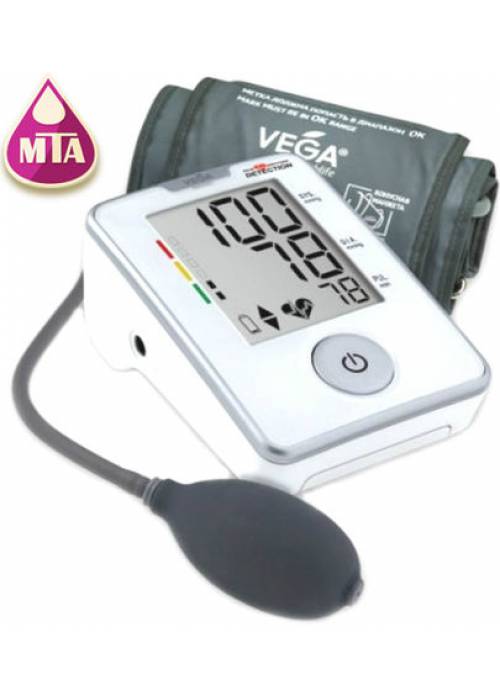
Blood pressure monitor with arrhythmia indicator
Tachycardia or bradycardia of the heart develops due to the influence of external factors or disorders within the body. Often these failures go away on their own, without requiring special treatment. If the patient has atrial fibrillation, then this is a serious illness that can lead to death. Therefore, it is necessary to monitor the rhythm of the heart using a tonometer.
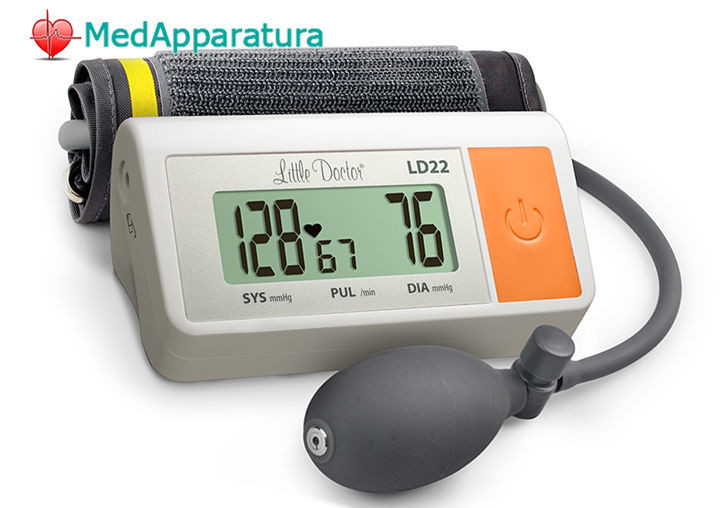
New tonometer model with indicator
New models of tonometers are equipped with indicators of cardiac arrhythmia. The “flashing heart” icon appears on the display, where indicators are visible - it shows the rhythm of the heartbeats.
To check, you should measure the pressure several times with minute pauses. The average heart rate will be displayed. If there is a pathology, an icon confirming the presence of a pathology appears at the bottom of the screen.
The indicator plays an important role in the tonometer. With its help, you can timely detect a violation of the heart rhythm and pay a visit to the cardiologist. With self-diagnosis, if the tonometer indicates problems, you need to repeat the study. If there is arrhythmia, the measurement can be reliable or not. If the value is correct, the icon is displayed along with the pressure indicators, when the measurement is incorrect, the display screen does not show anything.
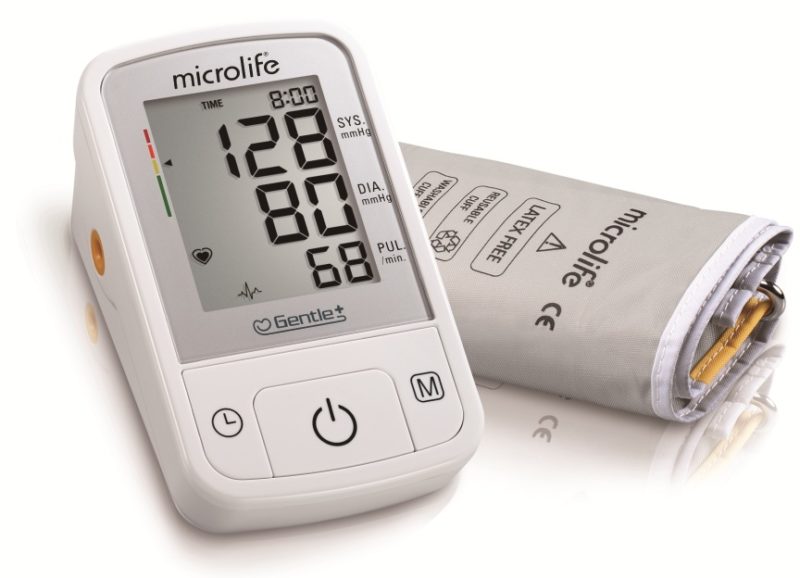
Tonometer with an indicator of arrhythmia and high blood pressure
The arrhythmia icon on the tonometer looks like a heart outline on a dark background with two arcs on the right of the signs indicating increased pulsation.
How the tonometer captures and displays a problem
Heart rate functions are available in automatic and semi-automatic blood pressure monitor. The principle of the apparatus is based on the unstable pressure in the cuff arising due to blood flow in the constricted artery. These vibrations pass into electrical signals under the influence of an electronic device. The automatic program analyzes the readings and turns them into numerical values.
From what functions the tonometer is equipped with, you can find out blood pressure, the frequency of contraction of the heart muscle and the presence of arrhythmia. In modern devices, the previous indicators necessary for comparison are retained.
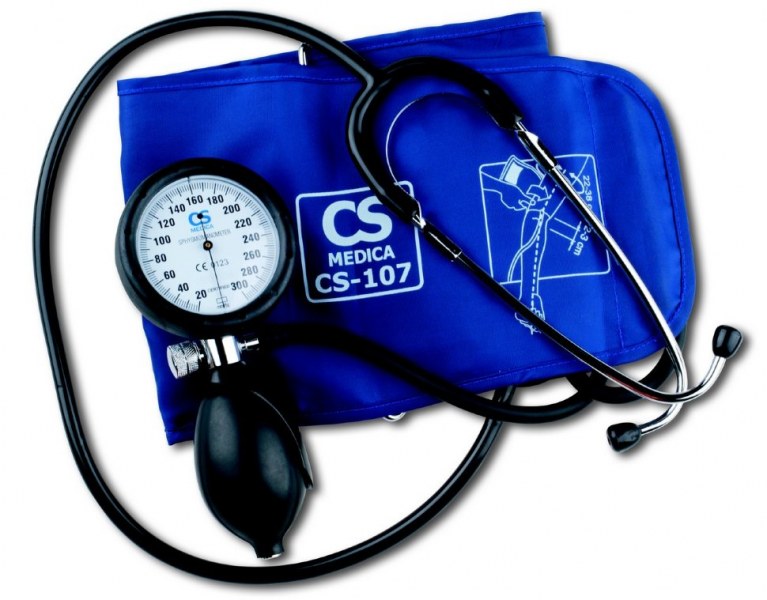
A mechanical device makes it impossible to detect abnormalities in the heart
How is the pressure measurement process:
- A cuff is placed on the forearm, air is automatically supplied to it or by pump.
- It increases in size, which causes squeezing of the vessel, and the blood stops circulating.
- If you use a phonendoscope, then silence sets in because blood is not circulating.
- Gradually, air is released through a special valve, and blood begins to circulate, which is signaled by knocks in the phonendoscope. This will be the upper pressure indicator that will be displayed on the monitor.
- The blood flow is gradually improving and recovering, at this point the knocking stops - this will be an indicator of lower blood pressure. In automatic blood pressure monitors, human participation is not required.
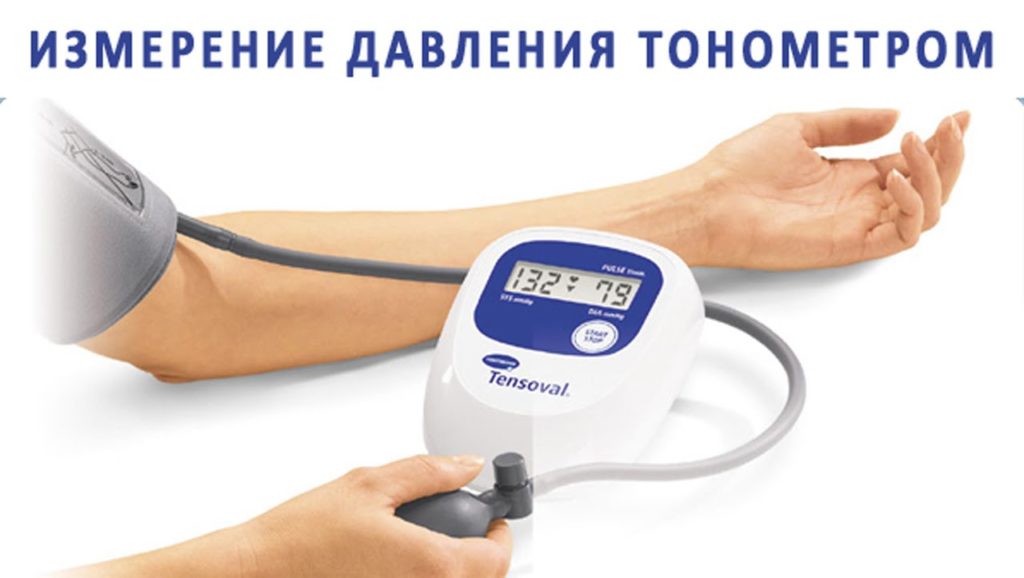
Proper use of the automatic blood pressure monitor
The function of diagnosing arrhythmia is not present in all models of tonometers. It is determined as follows: the tonometer measures pressure and pulse several times, with small intervals, until there are at least a couple of results without determining arrhythmia. Then the data is processed, and an average indicator is displayed on the screen.
Moreover, modern models of tonometers can independently distinguish between symptoms of arrhythmia and false ones that result from exposure to external factors.
The tonometer shows arrhythmia - what should I do in this case?
In order to know how the heart works daily, you need to purchase a tonometer with the type of indicator in question. Every day, you should measure the pulse and identify by its frequency whether there is a deterioration in the work of the heart. If a person suffers from atrial fibrillation, then the pulse has the following characteristics:
- pulse is completely absent;
- the pulse does not coincide with the heart rate;
- uneven filling of the blood vessel.
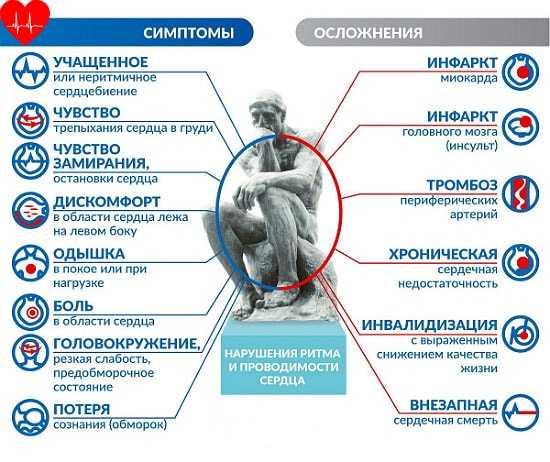
Signs and consequences of cardiac arrhythmias
If the pulse is measured every day, and the symbol rarely appears, then it is too early to worry. When it appears in almost every measurement, you need to immediately contact a cardiologist. The device itself cannot make a diagnosis, but only helps the patient to detect disorders in his cardiac activity.
Sometimes the measurement of pressure and heart rate are incorrect. To prevent this from happening, you must follow the measurement instructions:
- Sit in a comfortable position and relax.
- When carrying out manipulations, it is forbidden to talk and move, otherwise the result will be incorrect.
- Take a measurement, take a break and again measure pressure and pulse. Do the procedure 3 times.
- After that, the device will give an average value of indicators.

Incorrect pressure measurement
A device that has an arrhythmia indicator has a certain feature, which consists in measuring three times. Especially if cardiac arrhythmia often makes itself felt.
If after the examination revealed atrial fibrillation, it is necessary to obtain the advice of a cardiologist and the appointment of treatment. You can not self-medicate, because you need to establish the exact dose of drugs that you need to take. The presented diagnosis is characterized by a decreased blood pressure, it needs to be raised slightly, but at the same time an increase in the pulse rate occurs.
Experts are against taking medications and stimulants, in the form of coffee in large volumes, physical activity, because they can be harmful to health. It is necessary to identify the cause of low pressure and eliminate it. Allowed to take sedatives. The most effective and safe of them are:
- Tincture of Aralia. Gently increases pressure, strengthens the heart muscle and tones it.

Aralia tincture is sold in a pharmacy
- Ginseng tincture. It has the same properties as Aralia, but only less pronounced.
- Cofetamine. It increases pressure, but its drawback is an increase in the number of heart contractions.
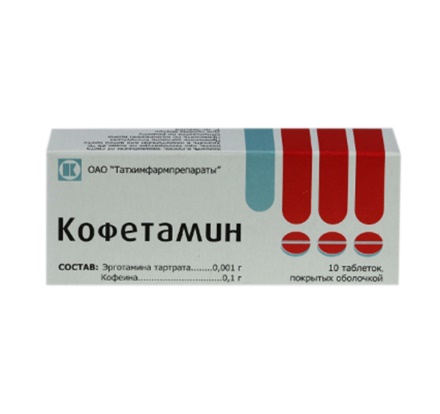
Pressure Booster
- Korglikon. It perfectly restores the pulse with a ciliated kind of pathology. Nourishes the heart with oxygen.
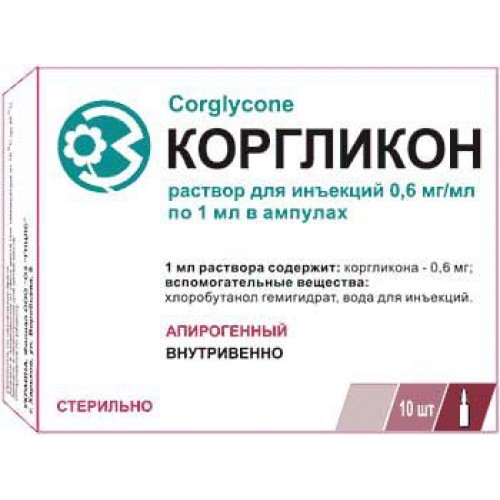
Drug for intravenous administration
- Etmozin. Normalizes heart rate and raises pressure. It should be taken only under the supervision of a doctor.
If there are other causes of arrhythmia, then you need to take other groups of drugs to normalize heart rhythm: beta-blockers, calcium ion blockers, cardiac glycosides and amiodarones.
Any malfunctions in the work of the heart must be immediately eliminated, because there is a danger to life.Attacks of cardiac arrhythmias must be stopped, treatment should be carried out under inpatient conditions, if this is a neglected case, and frequent mild attacks are present at home. You need to control the heart yourself by buying a tonometer with an arrhythmia indicator.

